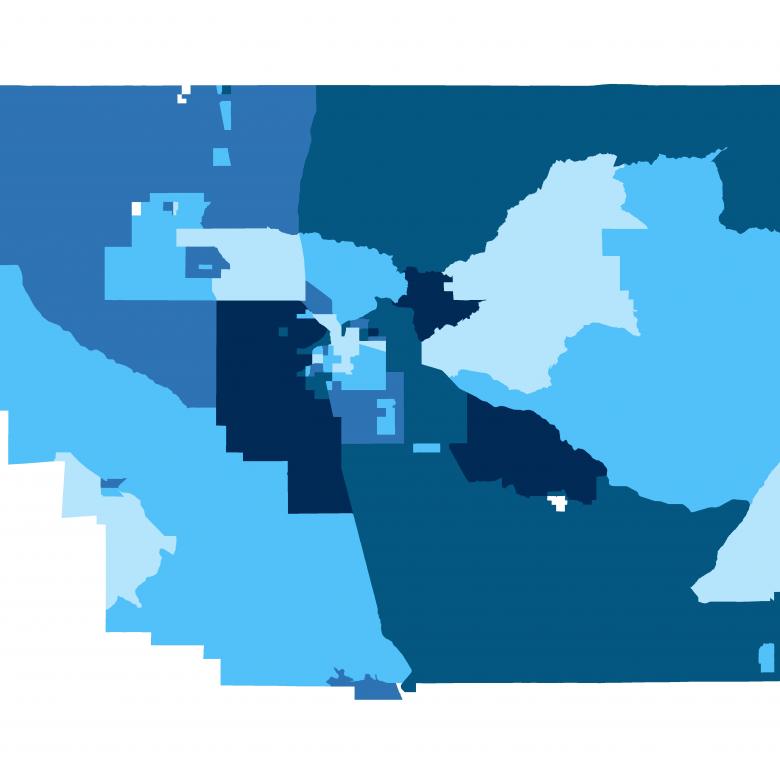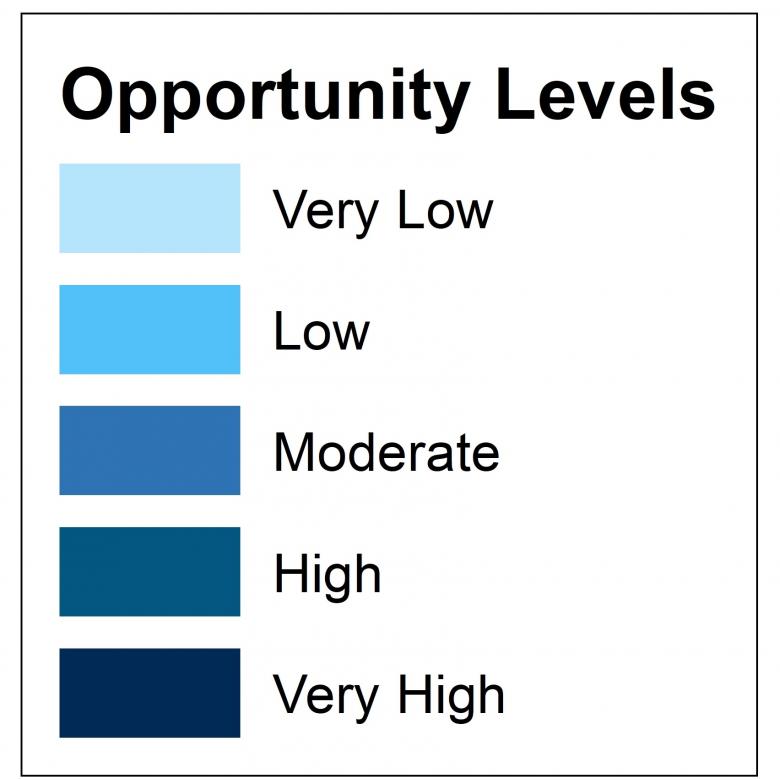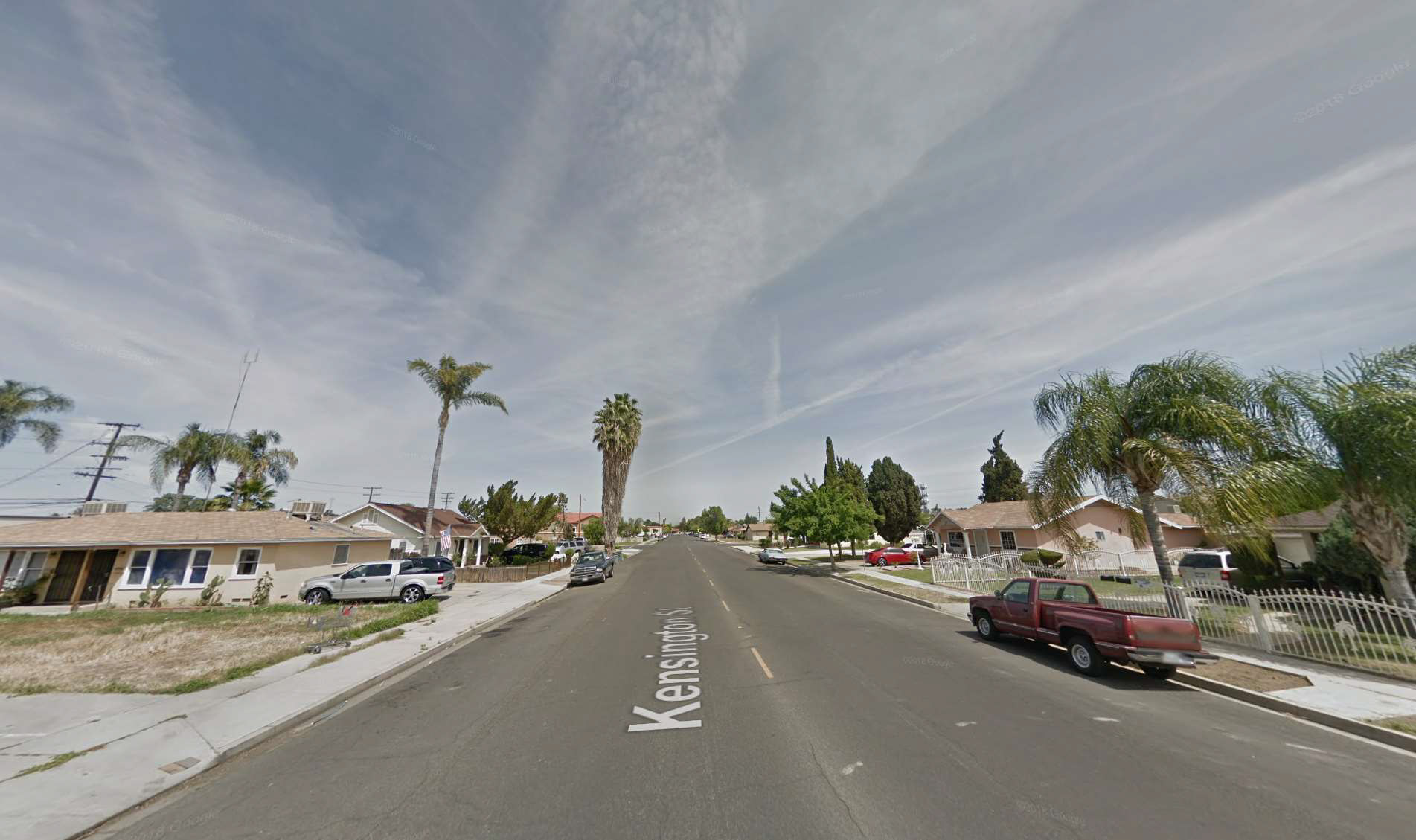Bakersfield, CA and Madison, WI are the extreme ends of the child opportunity distribution in the U.S. A child growing up in Bakersfield, where the overall Child Opportunity Score is 20, encounters many challenges in her neighborhood. On the other hand, a child in Madison, with an overall Child Opportunity Score of 83, encounters many resources and supports.
Neighborhood poverty
- In the neighborhood of the typical child in Bakersfield like the one shown on the left, 20% of families live in poverty, which means there are limited economic resources for families to invest in their children’s wellbeing.
- In contrast, in the neighborhood of the typical child in Madison like the one shown on the right, only 9% of families live in poverty.
Commute times for parents
Families in Bakersfield have not only fewer economic resources but also less time to spend with their children.
- In the neighborhood of the typical child in Bakersfield, 12% of workers commute more than an hour each way to get to work.
- In Madison only 3% of workers have such high commuting times.
Education resources
The neighborhood school environment is also more challenging in Bakersfield.
- In the public school of the typical Bakersfield child, 24% of teachers have less than three years of teaching experience, which makes it difficult for schools to address the challenges that many students face coming from families that live in poverty.
- In contrast, in Madison, only 10% of teachers have limited experience.
In sum, Bakersfield and Madison are not only geographically very far apart—2,000 miles—they are also separated by a large gap—63 points—in their Child Opportunity Scores.
Maps showing Child Opportunity Levels for Bakersfield, CA (left) and Madison, WI (right).







